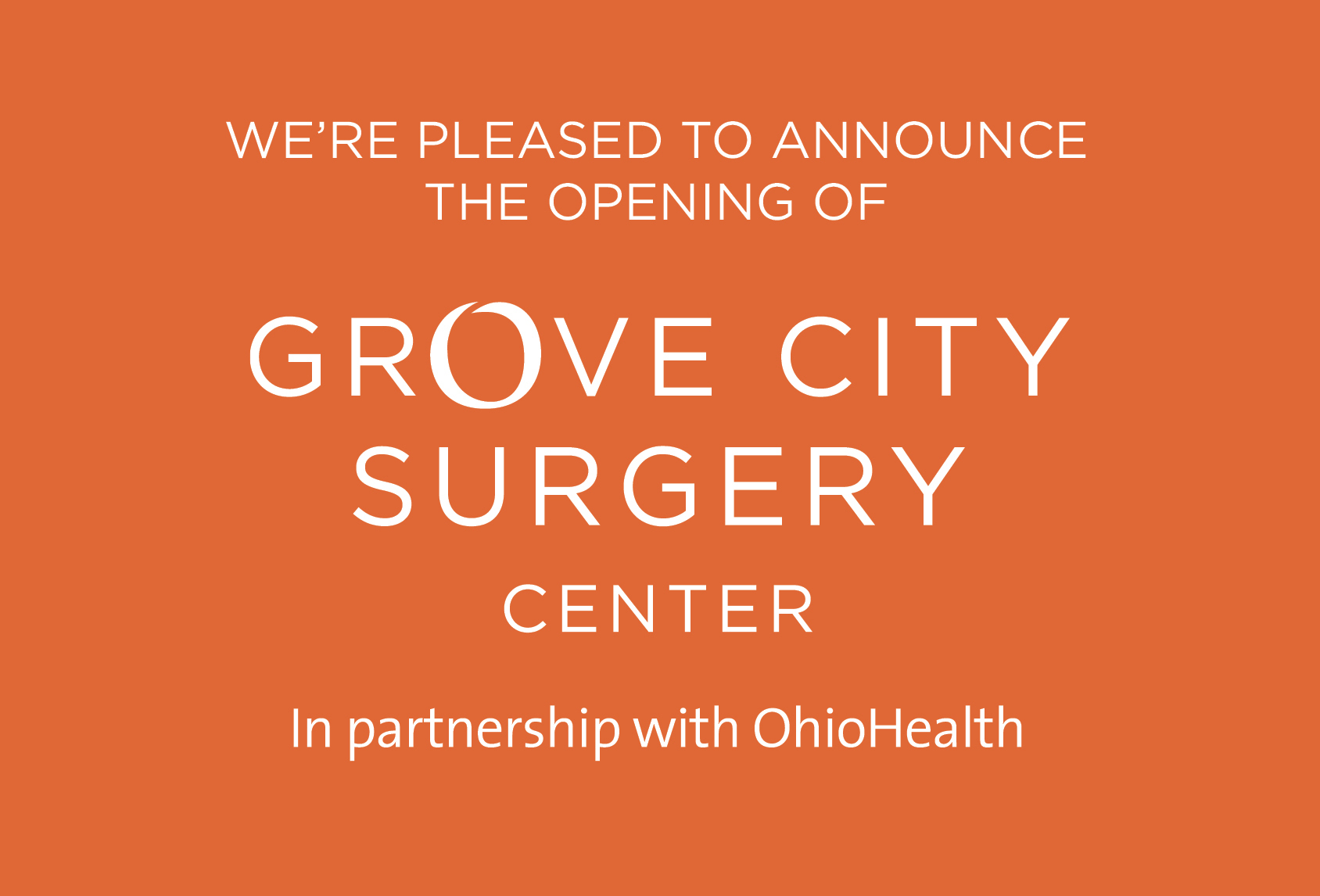Anterior Cruciate Ligament (ACL) Reconstruction
ACL Reconstruction is surgery to replace the torn ligament with an autograft (tissue from the patient’s own body) or an allograft (tissue from a cadaver). The most common autografts use part of the patellar tendon (the tendon in the front of the knee) or use the hamstring tendons. Each type of graft has small advantages and disadvantages, and work well for many people.
The procedure is usually performed by knee arthroscopy. The surgeon will replace the ACL. Additional small incisions are made around the knee to place the new ligament. The old ligament will be removed using a shaver or other instruments. Bone tunnels will be made to place the new ligament in the knee at the site of the old ACL. If the patient’s own tissue is to be used for the new ligament, a larger, “open” incision will be made to take the tissue. The new ligament is then fixed to the bone using screws or other devices to hold the ligament in place.
Arthroscopic Surgery is used to diagnose and treat many joint problems. This significant advance in joint care allows for rapid return to improved activity. Most commonly used in knees, shoulders and ankles, the arthroscope can also be used for spine, hip, wrists and elbows.
Step 1 – Two small incisions are made around the joint area. Surgical instruments will be positioned in these incisions.
Step 2 – A tube-like needle is inserted in one incision. Fluid is pumped through the tube and into the joint. This expands the joint, giving the surgeon a clear view and room to work. The tube will also be used as drainage needle to regulate the amount of fluid in the joint during the procedure.
Step 3 – Through another incision, the surgeon inserts the arthroscope. This instrument has a light and a small video camera that send images to a TV monitor in the operating room.
Step 4 – With the video images from the arthroscope as a guide, the surgeon can look for damaged tissue. If the surgeon sees an opportunity to treat a problem, a variety of small surgical instruments can be inserted through the third small incision.
Step 5 – The surgeon may close the incisions with stitches or tape. Recovery from arthroscopy is faster than recovery from traditional open joint surgery.
A bunion is a painful deformity of the bones and joint between the foot and the big toe. Long-term irritation caused by poorly fitting and/or high-heeled shoes, arthritis, or heredity causes the joint to thicken and enlarge. This causes the big toe to angle in toward and over the second toe, the foot bone (metatarsal) to angle out toward the other foot, and the skin to thicken
Surgical removal of a bunion is usually done while the patient is under general anesthesia and rarely requires a hospital stay. An incision is made along the bones of the big toe into the foot. The deformed joint and bones are repaired, and the bones are stabilized with a pin and/or cast.
Hammertoe is a bending of one or both joints of a toe. This deformity can put excessive pressure on the toe resulting in pain and discomfort.
Arthroplasty is the most common surgical procedure to correct hammertoe. In this procedure, the surgeon straightens the toe by removing a small section of the bone from the affected joint.
Arthrodesis is another surgical procedure to correct hammertoe and is usually reserved for the more advanced cases. In this procedure, the surgeon fuses a small joint in the toe to straighten it. A pin is typically used to hold the toe in position while the bone is healing.
Other procedures may be necessary in more severe cases, including skin wedging (the removal of wedges of skin), tendon/muscle rebalancing or lengthening, small tendon transfers, or relocation of surrounding joints.
A neuroma is an abnormality of a nerve that has been damaged either by trauma or as a result of an abnormality of foot function. The most common location of neuromas is in the ball of the foot. In this area the nerve can become pinched and inflamed by the abnormal movement of the bones in the ball of the foot.
The surgical removal of forefoot neuromas is performed using a local anesthesia. Following administration of anesthesia, a skin incision is made on the top of the foot in the location of the neuroma. After the nerve is identified it is cut and removed.
The most common type of pain management procedure is an Epidural Steroid Injection or Spinal Epidural Injection. Prior to an epidural steroid injection, the patient’s skin is cleaned with a sterilizing solution and a sterile drape is placed over the skin. Local anesthesia is injected into the skin to provide numbness at the injection site. The steroid injection consists of a local anesthetic and/or steroids. A small bandage may be placed over the injection site.
Rotator Cuff Repair is an arthroscopic procedure, in which the surgeon places an arthroscope in the space above the rotator cuff tendons. The surgeon can evaluate the area above the rotator cuff, clean out inflamed or damaged tissue, and remove a bone spur.
If a tear is going to be fixed, the surgeon may perform the surgery with a larger, open incision, while other surgeons use the arthroscope and 1-3 additional small incisions. The goal is to attach the tendon back to the bone where it tore off. The tendon is attached with sutures. Small rivets (called suture anchors) are often used to help attach the tendon to the bone. The suture anchors can be made of metal or plastic, and do not need to be removed.



